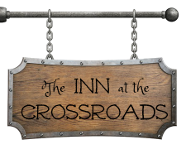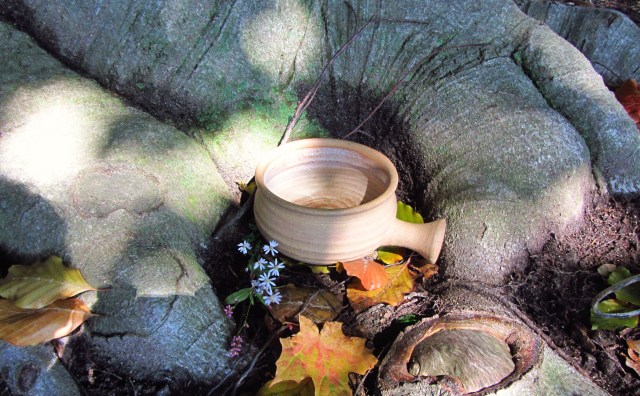Thoughts:
This is the most decadent hot cocoa I have ever encountered.
Made thick and creamy by the emulsified ground nuts, it pours beautifully. There is a hint of robust smoky spiciness lent by the chipotle that compliments the chocolate, giving it a warm mouth feel no matter what temperature you serve it. The spice lingers on the back of the tongue, allowing the other flavors a turn. The anise is subtle, but with a distinct small bite, and traces of the cinnamon are there also. The annato doesn’t have much flavor, but adds a wonderful rich depth of color.
This recipe was probably intended to be made with water, and possibly even served cold. I like using milk as the base, as it increases the creaminess of the drink. When it’s cold the oils from the nuts rise to the top in a very thin sheen.
*Fun Fact: drinking chocolate did not violate the terms of fasting, as dictated by the Catholic Church. Win!*
Recipe for Historical Hot Chocolate
“Take one hundred cocoa beans, two chillies, a handful of anise seed and two of vanilla (two pulverized Alexandria roses can be substituted), two drams of cinnamon, one dozen almonds and the same amount of hazelnuts, half a pound of white sugar and enough annatto to give some color. And there you have the king of chocolates.” -Curioso tratado de la naturaleza y calidad del chocolate (A Curious Treatise of the Nature and Quality of Chocolate), 1631
Cook’s Notes: Although nuts ground in a food processor can work in a pinch, I recommend using pre-ground flour, which will be a finer consistency that one can usually get at home. If you’d like it spicier, feel free to tweak the chili types/proportions to taste!
Ingredients:
- 1/4 cup ground cocoa, unsweetened
- 1 dried chili pepper (chipotle), ground or chopped fine
- 1 anise star
- 1/2 vanilla bean, or 1/2 tsp. vanilla extract
- 1/2 tsp. cinnamon
- 2 tsp. almond flour
- 1 tsp. hazelnut flour
- 2 Tbs. sugar
- 1 tsp. ground annato for color
- pinch of cayenne (optional)
- 2 cups milk
Combine all the ingredients with the milk in a medium saucepan. Heat gently for around 5 minutes, but do not bring to a boil. Strain into cups, and enjoy!


















